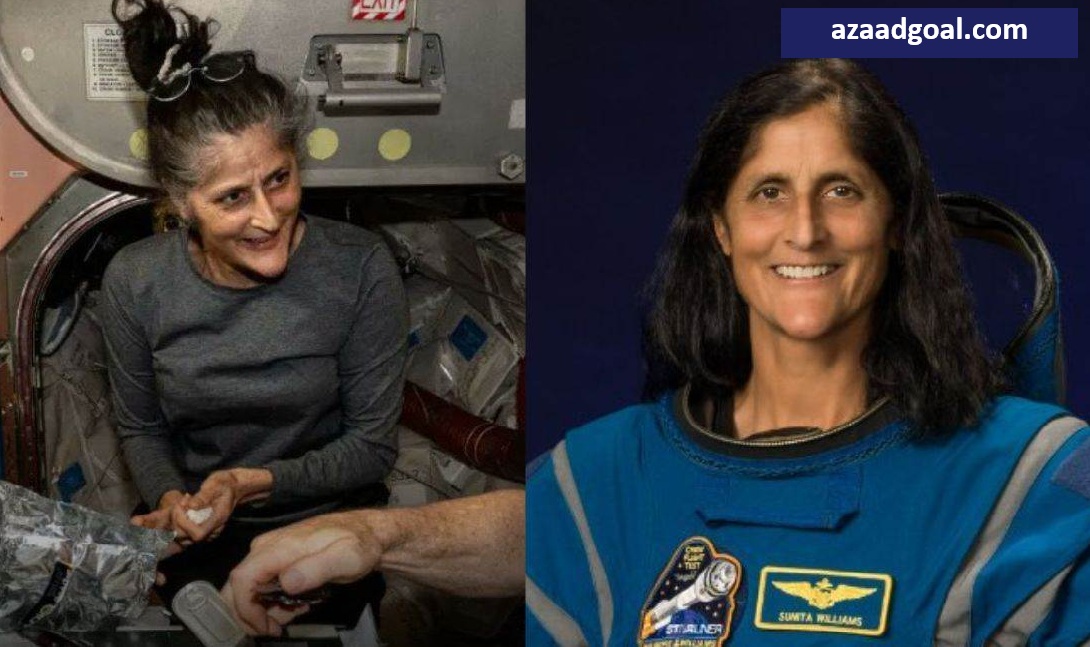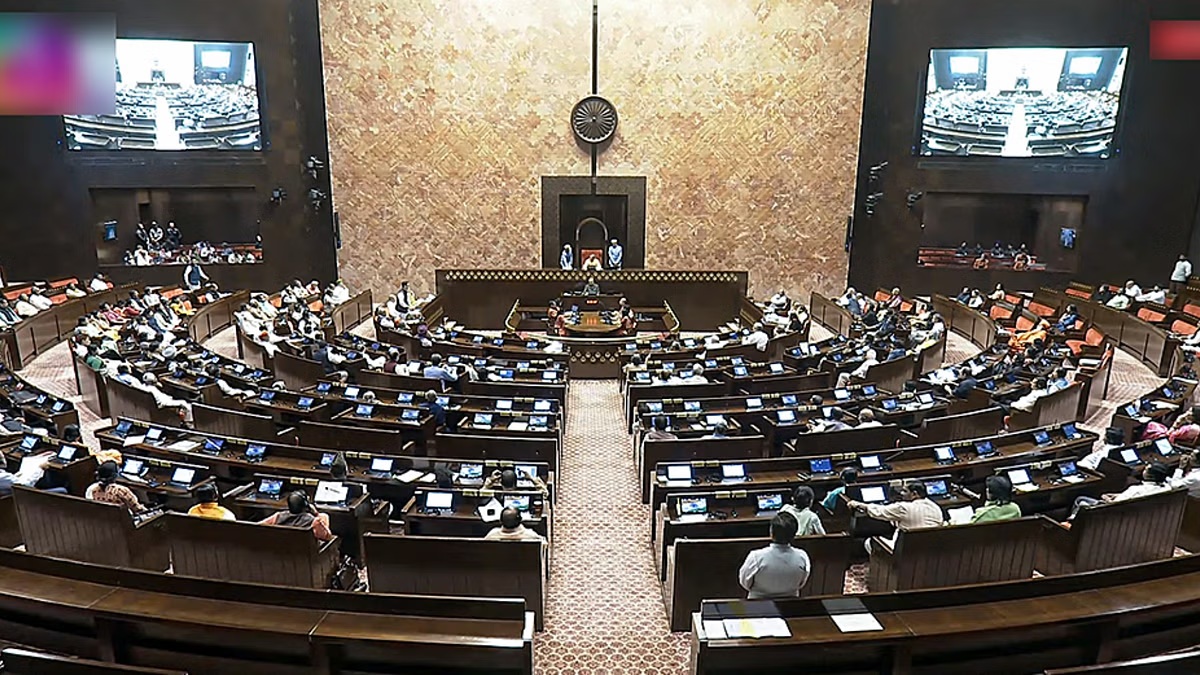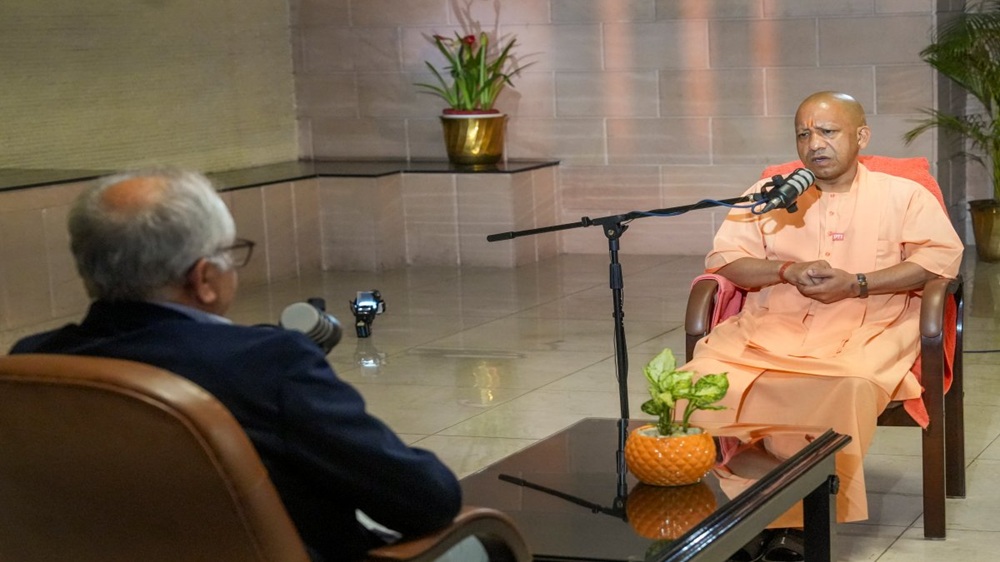NASA astronaut Sunita Williams is set to return from the ISS after an extended stay. From vision issues to difficulty walking, here’s why re-adapting to Earth’s gravity is a tough challenge.
Sunita Williams’ Return from ISS: NASA astronaut Sunita Williams, along with her colleague Butch Wilmore, is scheduled to return to Earth next week after an extended mission aboard the International Space Station (ISS). Originally planned for a shorter duration, their stay was prolonged due to technical issues with Boeing’s Starliner capsule, leading to a nine-month extension.
Sunita Williams’ Return Challenges Upon Returning to Earth:
Extended periods in microgravity can lead to several physiological changes that may affect astronauts upon their return:
Muscle Atrophy and Bone Density Loss: In the absence of gravity, muscles and bones can weaken, making movements like walking challenging until strength is rebuilt.
-
Neuro-Ocular Syndrome: Microgravity can cause fluid shifts toward the head, leading to vision issues such as blurriness.
-
Balance and Coordination: The vestibular system, responsible for balance, can be disrupted in microgravity, causing dizziness and coordination problems upon return.
-
Radiation Exposure: Increased exposure to cosmic radiation during extended missions poses long-term health risks, including potential cancer risks.
NASA closely monitors returning astronauts, providing rehabilitation programs to help them readjust to Earth’s gravity and mitigate these challenges.
Sunita Williams Return, ISS Mission, NASA Astronauts, Space Travel Challenges, Microgravity Effects, ISS to Earth, Space Health Risks, Astronaut Rehabilitation, Vision Issues in Space, Muscle Atrophy in Space, Spaceflight Effects, Starliner Return, Space Exploration, NASA News, Astronaut Adaptation.












